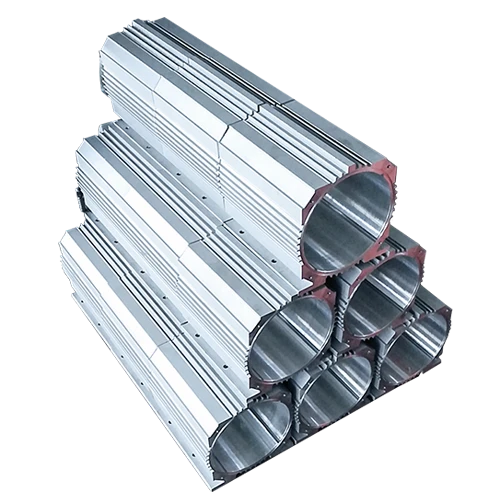Mobile:+86-311-808-126-83
Email:info@ydcastings.com
Advancements in Low Pressure Casting Techniques for Enhanced Metal Fabrication and Structural Integrity
Low Pressure Casting An Overview
Low pressure casting (LPC) is a manufacturing process widely used in the production of aluminum and other non-ferrous metal components. This method has gained immense popularity due to its ability to create high-quality castings with excellent dimensional accuracy and surface finish. In this article, we will delve into the intricacies of low pressure casting, its advantages, applications, and the factors that contribute to its efficiency.
The Process of Low Pressure Casting
In low pressure casting, molten metal is poured into a mold using low pressure, typically ranging from 0.5 to 1.5 bar. The process begins with the melting of the metal, usually in a furnace. Once the metal reaches the desired temperature, it is transferred to a holding furnace designed to maintain optimal temperature while the casting process is initiated.
The next step involves pressurizing the gas above the molten metal in the furnace. This pressure forces the molten metal to flow from the holding furnace into the mold cavity. Unlike high pressure die casting, where metal is injected rapidly into the mold, low pressure casting allows for a slower, more controlled fill. This results in fewer defects such as voids, air pockets, and inclusions.
Advantages of Low Pressure Casting
One of the primary advantages of low pressure casting is its ability to produce intricate geometries with sophisticated designs. The slow fill rate ensures that the molten metal completely fills the mold without causing turbulence, reducing the likelihood of defects. Additionally, LPC gives castings a fine surface finish, often negating the need for further machining, thus reducing production costs.
low pressure casting

Another significant benefit is material efficiency. Low pressure casting can utilize recycled materials, making it an environmentally friendly option. The process minimizes waste as the molten metal is drawn back into the holding furnace if not used, allowing for virtually no leftover scrap. This characteristic makes LPC particularly attractive in industries focused on sustainability.
Moreover, the process is applicable for a broad range of materials encompassing various aluminum alloys, zinc, and magnesium. This versatility helps manufacturers tailor their products to meet specific performance requirements.
Applications of Low Pressure Casting
Low pressure casting is extensively used in the automotive and aerospace industries, where precision and quality are paramount. Components such as engine blocks, transmission housings, and structural parts are commonly produced using this method. The high strength-to-weight ratio of LPC castings makes them ideal for applications that require durability without significant weight.
The electronics industry also benefits from low pressure casting, particularly in creating housings for electrical components and fixtures. The ability to integrate complex cooling channels into castings enables better thermal management in high-performance electronic devices.
Conclusion
Low pressure casting stands out as a preferred method for producing high-quality, intricate metal components due to its inherent advantages such as precision, material efficiency, and versatility. As industries increasingly emphasize sustainability and cost-effectiveness, LPC continues to evolve, integrating advancements in technology to further enhance its efficiency and output. Whether in automotive, aerospace, or electronics, low pressure casting is likely to remain a vital process in modern manufacturing, delivering products that meet rigorous standards and consumer expectations.
-
What Makes Stainless Steel Pump Casting Essential for Modern Industries?NewsJul.14,2025
-
Revolutionize Your Engine Maintenance with Premium Aluminum and Cast Iron ComponentsNewsJul.14,2025
-
Precision Flow Engineering Starts with the Right Pump ComponentsNewsJul.14,2025
-
Maximize Efficiency: Explore Reliable Containment and Crop SolutionsNewsJul.14,2025
-
Discover Superior Performance with Advanced Turbo ComponentsNewsJul.14,2025
-
Boost Fluid Dynamics with Precision-Engineered Pump ComponentsNewsJul.14,2025











